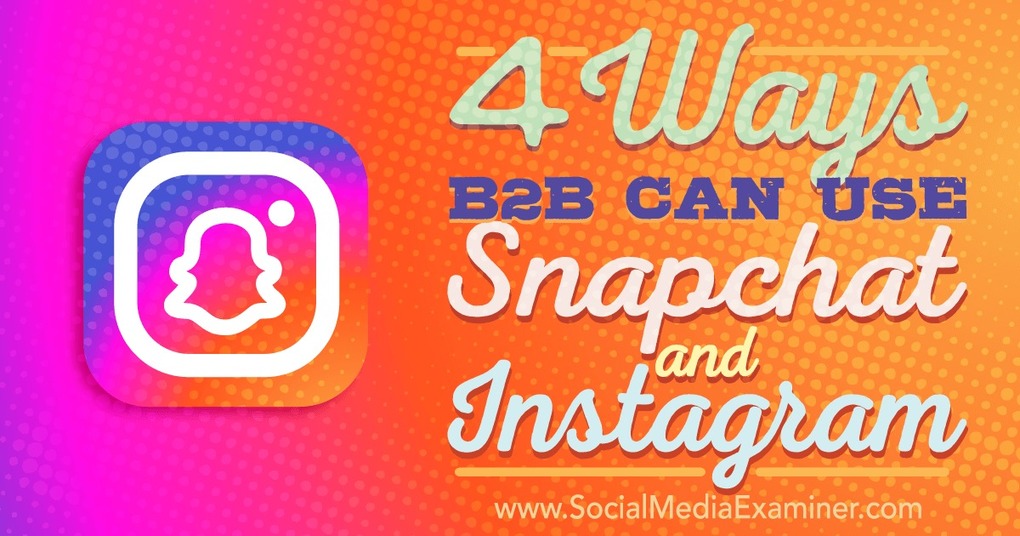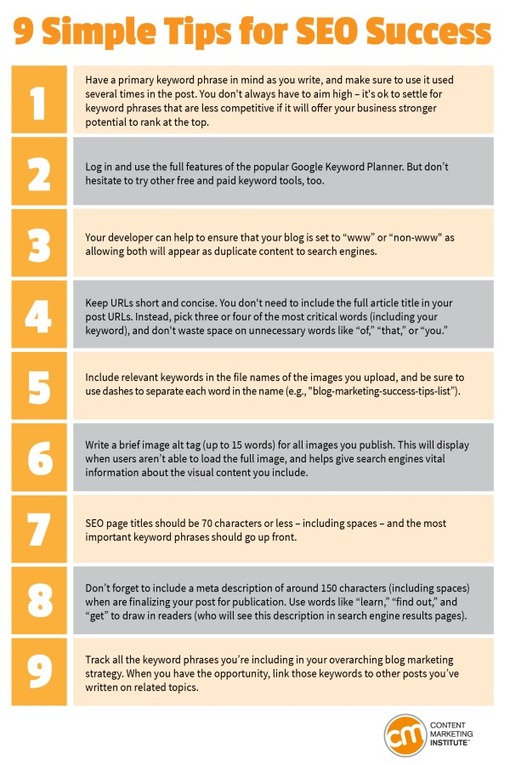
Working from home can be a little tedious, and it’s too easy to let distractions take the place of work. The start of a new year is the perfect time to take a look around and see what you can change to ramp up your productivity.
Let’s take a look at 3 key areas most people can stand to improve.
Spruce up Your Environment
- Start with your office space. Is your chair comfortable? If it’s time for a new chair, get one. Find an ergonomic model with great lumbar support. Simple comfort makes a huge difference in your ability to concentrate.
- Throw out all the stuff you’re hoarding. Be brutal, who really needs paper? Scan all your old records to the cloud and store the paper copies in the attic if you must. Anywhere but sucking up real estate in your workspace. Once you’ve cleared the clutter, rearrange your area so everything you need is close at hand.
- Spruce up with some colorful art, flowers, or living plants. Decor doesn’t have to be expensive to be awesome.
- Improve your air quality. Plants are a great choice. They’re cheery and help clean your indoor air of pollutants and allergens. If you can breathe better, you can work better.
- Create ambient noise. If TV and music are too distracting, try working to the sound of rain. Ambient noise – some soothing sound in the background that doesn’t command your attention – will normalize other distracting sounds, like your neighbors doing yard work or school buses coming and going.
- Get out of the house. Once in a while, take your laptop or smartphone and find a change of scenery. Take precautions when using public Wi-Fi, but get out there. Spend a few hours a week somewhere there’s scenery, greenery, and really good coffee.
Tighten up Your Routine
- Get enough sleep. When you work from home, unplugging can be a real challenge. When you’re scheduling your time, set an end time…and keep it. Make sure you get the quality sleep you need to perform your best.
- Set deadlines and keep them. You may not have to turn work in on a schedule, but putting things off can result in poor work habits, low productivity, and loss of income. Self-imposed deadlines are not as effective as external deadlines, but they do help control procrastination.
- Tie your project milestones to your goals or budget. Make a realistic projection with an end goal. A concrete idea of how much work needs to be accomplished to meet a financial or professional goal will help you stay on track.
- Break each project into steps. No matter how small your business, Insightly’s project management feature can help you manage your time and your tasks.
Harness a Psychological Edge
- Get up, get dressed, get going. Some people need a psychological push to get their head in the game. Start the morning the same way you would if you’re going to an office. Have a shower, coffee, breakfast, and get dressed for work. Even if your work outfit is a clean pair of flannel jammies and fuzzy socks.
- Have a morning meeting. If you work alone, enlist a friend to be an accountability partner. Discuss your schedules and what you plan to accomplish today. Check in at regular intervals to see how it’s going. Accountability is a powerful motivator. No one wants to report in that they are off-schedule, even if it’s just to a friend.
- Take breaks. The positive effect of breaks was first noted by Lithuanian psychologist Bluma Ziegarnik in 1927. Many studies have been conducted since, and the conclusion is solid. Regular breaks results in higher productivity. The popular Pomodoro Method calls for 25 minutes of work followed by a 5 – 15 minute break, but other research suggests that 90 minutes of intense work followed by a 15 minute break is optimal. Figure out what timing works best for you, and make sure you grab some down time.
- You’re a multitasking superstar, able to juggle multiple tasks at the same time! You’re switching between scheduling a meeting, talking to a client on the phone, writing a blog post, answering emails, and checking your web analytics. Unfortunately, science says you’re doing it all badly…but you feel good about it. Be more productive by doing one thing at a time.
We all get stuck in a rut now and then, and need to shake things up, jumpstart our productivity, and realign our goals. Whenever you feel like you’re spinning your wheels, it’s time to find new ways to get back on track.
At Insightly, we offer a CRM used by small and mid-sized businesses from a variety of verticals. Learn about Insightly’s features and plans on our pricing page or sign up for a free trial.





























